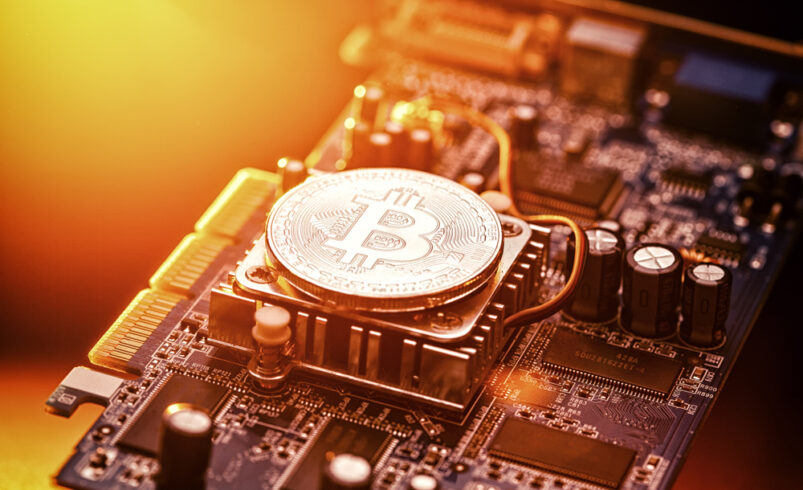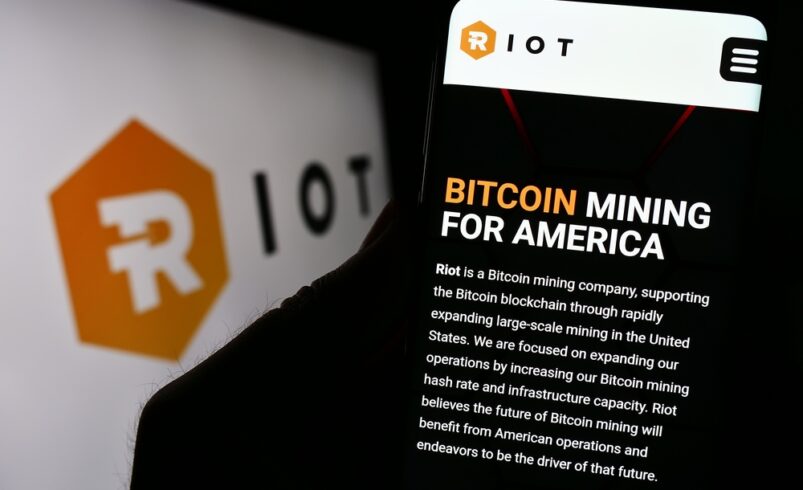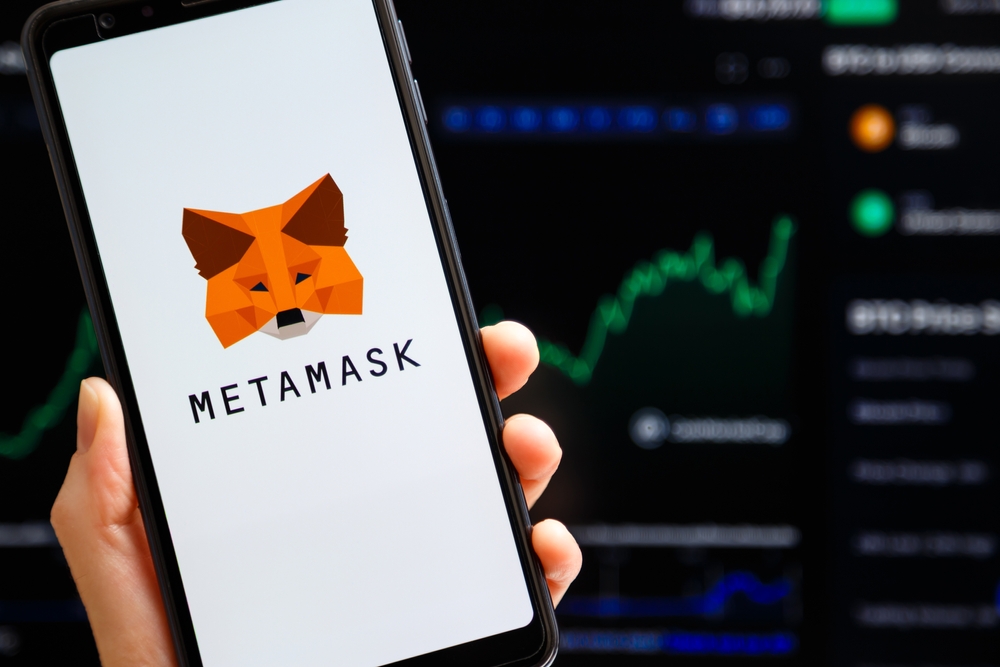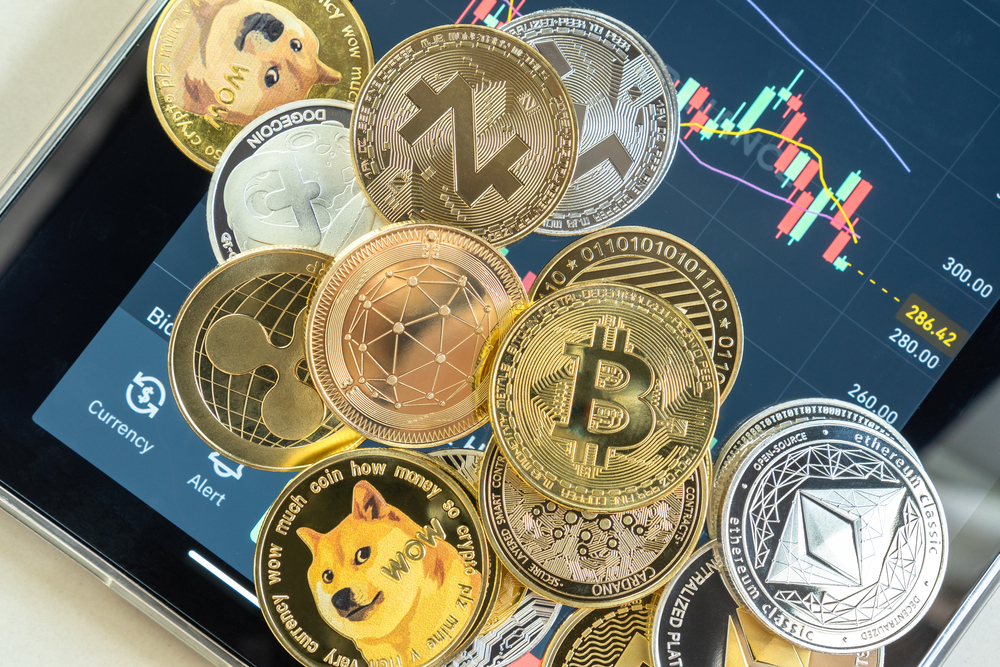What is a Block Reward? – All You Need to Know

If you have been in the crypto space for some time, you’ve probably heard the term “block reward.” But what does it actually mean? Well, we have the answers for you. Read on to learn more.
Defining a Block Reward
A block reward can be defined as the payments given to a crypto miner for successfully adding a transaction block to a particular network. To add this block to the network, a crypto miner usually competes with other miners to solve complicated problems.
A block reward plays a crucial role in any blockchain. By rewarding crypto miners, networks become secure, ensuring no bad actor manipulates them. Moreover, since a block reward is mostly in the form of a newly minted token, it provides an efficient way of adding new coins to the circulating supply.
Further, unlike in the traditional finance sector, where a central authority is responsible for distributing compensations to various players, blockchains automatically compensate crypto miners with block rewards after they have added transaction blocks, thus embracing decentralization.
Try GPT Definity AI today, the #1 crypto trading robot! Click here to learn more. Artificial intelligence trading robots are taking over the trading eco-system, you can join this revolution and profit from daily revenues! Get ahead of the trading game with Artificial Intelligence crypto trading software today!
Components of a Block Reward
There are two major parts of crypto block rewards: transaction fees and mining rewards. Let’s dive deeper into each.
Mining rewards: As mentioned earlier, a block reward can be a newly minted coin. It is part of crypto mining firms’ revenue.
Transaction fee: Besides newly minted tokens, crypto miners get block rewards in the form of transaction fees, which are paid by network users who wish to complete certain on-chain transactions.
The combination of transaction fees and mining rewards creates a proper incentive structure for crypto miners. Further, these two components of block rewards offer the necessary economic framework, which helps to keep crypto assets decentralized.
The Fixed and Variable Block Rewarding Systems
Some networks adopt a fixed block rewarding system, which sets a specific number of tokens to be issued to a crypto miner when a transaction block is added, while others use a variable rewarding system. Bitcoin is a good example of a network that applies a variable system. The blockchain usually reduces its block rewards by half every four years. This move is intended to regulate Bitcoin’s supply.
While halving events can help improve the value of Bitcoin, they have a massive impact on miners’ revenue. As miners’ income from crypto mining reduces, they are forced to rely on network fees as their income to keep their businesses afloat.
Meanwhile, there are networks that increase block rewards depending on the mining difficulty. For starters, mining difficulty measures how challenging it is to mine blocks on a particular network. If more crypto miners join a network, the hash rate increases, raising the difficulty of mining blocks. In this case, some networks distribute more block rewards to ensure miners remain interested in mining transaction blocks.
The Block Reward Mechanisms of Bitcoin, Ethereum, Litecoin, and Ripple
During the early days of Bitcoin, miners received 50 BTC as block rewards. The figure was reduced to 25 BTC in 2012 following a halving event. As of February 2024, Bitcoin miners receive 6.25 BTC as block rewards. However, the rewards will be reduced to 3.125 BTC in April’s halving event.
Litecoin’s block reward mechanism is similar to Bitcoin’s. As of this writing, miners are rewarded with 6.25 BTC, but the rewards will reduced in the next halving event. Meanwhile, Ripple miners do not receive newly minted tokens as block rewards because the entire supply of the token was premined, thus eliminating the need to mine. That said, Ripple miners earn from transaction fees.
Ethereum, on the other hand, uses a proof-of-stake mechanism, meaning it does not need miners to add transaction blocks to the network. Instead, it relies on validators who are rewarded depending on the amount of ETH they have staked.
How Will Technological Advancements Impact Miners’ Activities?
Crypto mining is known for consuming massive amounts of electricity. This calls for technological advancements in mining software and hardware, which will enhance mining productivity, allowing miners to process a huge amount of transactions while consuming less energy.
Disclaimer: Mining Plus Crypto specializes in amplifying content for dozens of cryptocurrency and blockchain firms, and your company could be next on the list! For inquiries, please reach out to us through or Telegram Chat. Given the unpredictable nature of cryptocurrencies, we advise you to thoroughly research before investing. A portion of the content available on our website, including broker reviews, is paid content or content contributed by guest writers and does not necessarily represent the opinions of Mining Plus Crypto. We claim no liability for the accuracy, quality, and content of advertisements, products, or any other materials, including ad spaces displayed on our site. For a comprehensive understanding, please review our full terms and conditions, and disclaimer.






